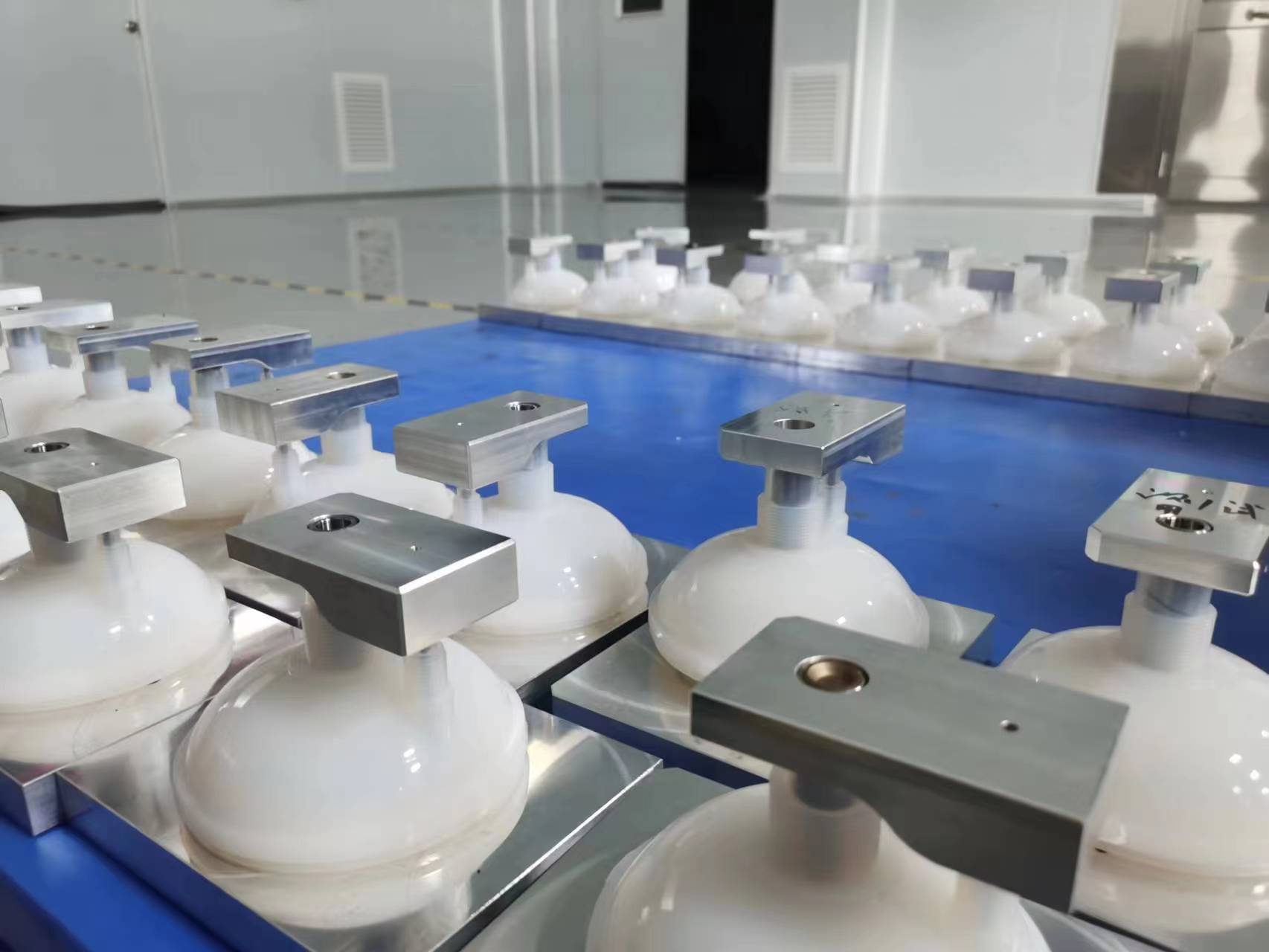In our previous article, we introduced the wide range of applications for PFA, such as chemical processes, oil and gas industry, electrical insulation materials, etc.. However, until today, the market share of PFA in fluoropolymers is still less than 1%, while PTFE occupies about half, why? Today, we will answer such a question: What are the similarities and differences between PFA and PTFE? And then, we will explore the reasons for such a huge difference in market share between PFA and PTFE.

1, What is PTFE?
Polytetrafluoroethylene (Teflon, PTFE) is polymerized from tetrafluoroethylene(C2F4) by polymerization of polymer compounds, with chemical corrosion (is a good corrosion-resistant materials, resistant to all other chemicals in addition to molten metal sodium and liquid fluorine), a wide range of operating temperatures, a small coefficient of friction, a small dielectric constant, non-adhesive, extremely strong biological adaptability and other unique properties.
In addition, PTFE is the most widely used fluoropolymer. One of its earliest and widest application areas is as a coating for non-stick pans, and it is now widely used in petrochemicals, machinery, electronics and electrical appliances, textiles and garments, construction and other fields.
And as mentioned in our previous article, PFA possesses chemical stability, thermal stability and non-stick properties. Obviously, both PTFE and PFA have the excellent physical properties and chemical properties, so where is the specific difference between these two plastics?
2, What are the advantages of PFA over PTFE?
① Easier to process. PTFE has a higher degree of crystallinity, mobility is worse than PFA; and the biggest advantage of PFA is that it can be processed through the conventional processing process melt processing, you can use conventional thermoplastic resin injection molding as well as screw extrusion and other processing methods.
② Better mechanical strength at high temperature. PFA's mechanical strength at high temperature is about twice as much as that of PTFE.
③ Better radiation resistance. The dielectric strength of PFA is three to four times higher than that of PTFE, and PFA's radiation resistance is more excellent.
④ Better flexibility. PFA's flexibility is better than that of PTFE, so it is more suitable for tube fittings.
3, What are the disadvantages of PFA compare to PTFE?
① PFA's ability to withstand repeated folding is not as good as PTFE;
② PFA's heat resistance is slightly lower than PTFE;
③ PFA's anti-permeability is not as good as PTFE, so by water absorption and weathering will have a greater impact.
④ PFA is invented later, the preparation technology is not as mature as PTFE, the preparation is more difficult than PTFE, the cost is much higher than PTFE.
Summarize: PFA and PTFE both have the excellent physical properties and chemical properties, but they also have their own advantages and disadvantages, but the high cost of PFA has become a very important reason to limit its market share. Yize Mould, as a company dedicated to providing customers with perfect solutions, has also developed many PFA/Teflon products and PFA tube fittings.
If you are interested in our products or have any other questions, please feel free to contact us and we will try our best to answer them for you.
Fluoroplastics Series:
Fluoroplastics Series (1) - Yize Mould had successfully design and manufacture PFA tube fittings
Fluoroplastics Series (2) - What are the Applications of PFA?
Fluoroplastics Series (3) - What are the similarities and differences between PFA and PTFE?
Fluoroplastics Series (4) - What are the applications of PTFE?
Fluoroplastics Series (5) - What is PVDF?
Fluoroplastics Series (6)--New Applications of PVDF
Fluoroplastics Series (7) - FEP performance